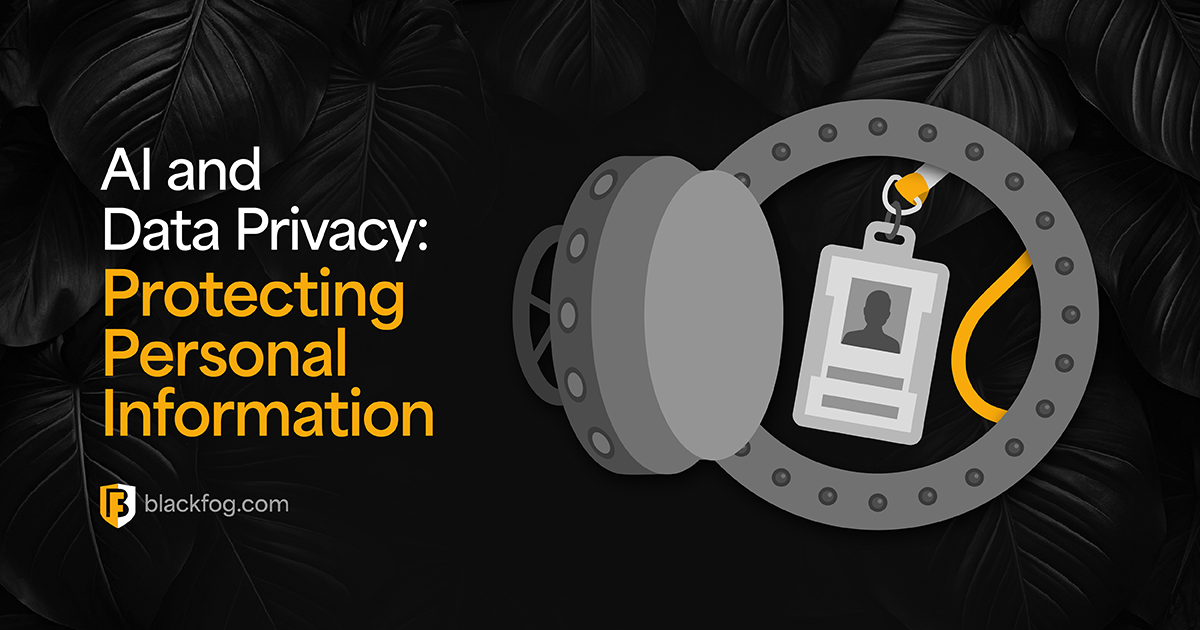
What is MDR? A Guide to Managed Detection and Response Services
Both the frequency and severity of security breaches are on the rise. However, the complex and varied nature of today’s attacks makes it difficult for organizations to tackle cyberthreats alone, while it is harder than ever for even the most well-equipped businesses to secure the skills they need to stay safe.
There remains a shortage of talent in cybersecurity, with one study by (ISC)2 estimating there is a need for 3.4 million more cyber security workers to secure assets effectively, while 70 percent of organizations currently lack enough internal talent.
It’s therefore not surprising that so many firms are turning to third-party providers to boost their capabilities in this area beyond traditional antimalware and antivirus solutions. But when companies are looking for services, they’ll find there are a range of options available.
One type of solution that’s becoming increasingly popular among many enterprises is managed detection and response (MDR). The market for these tools is set to grow by an average of 16 percent a year until 2027 as firms seek better ways of protecting their assets from ransomware, data exfiltration and other threats. But what does this involve and is it something your business should be considering?
What is Managed Detection and Response?
MDR is one of the fastest-growing segments of the cybersecurity market. But before you invest in this technology, you need to be sure of what it involves, how it compares to alternatives and where its limitations lie.
Defining Managed Detection and Response
Essentially, MDR refers to security solutions that combine automated monitoring technologies with human intervention. It typically works as an outsourced security operations center (SOC) that can actively seek out and respond to any emerging threats on your behalf, rather than simply alerting you to their presence.
To achieve this, an MDR service will incorporate a variety of tools. Some of the key aspects of a full MDR solution include the following:
24/7 monitoring – A good MDR solution will be constantly looking for security issues such as suspicious behavior.
Managed response – When an issue is detected, it will not merely trigger an automated response, but be evaluated by specialized incident response professionals, who will be able to determine the best course of action and enact mitigations.
Threat hunting – The ability to proactively look for threats within your business that may have already evaded traditional endpoint defenses offers better protection than a merely reactive solution.
What is the Difference Between EDR and MDR?
MDR isn’t to be confused with the similar-sounding EDR, or endpoint detection and response. While there are a few parallels in how they work to protect your business from cyberthreats, there are a couple of key differences in how they approach this.
EDR is solely focused on protecting your endpoints. This is a critical component of any cybersecurity strategy in an era where the number of connections to a network is growing all the time, and includes personally owned mobile devices, laptops and Internet of Things devices.
However, this offers a narrower focus than MDR, which aims to provide protection and threat hunting across the entire network.
What is the Difference Between MDR and MSSP?
The main alternative to an MDR solution is to turn to a managed security service provider, or MSSP for short. These solutions also provide outsourced security capabilities that can monitor and react to cyberattacks, providing protections such as intrusion detection, firewall management and network access management.
A key difference between the two is that MSSPs are usually heavily automated services, whereas MDR solutions combine this with human input and decision-making. MDRs also often include a stronger focus on forensics than MSSPs, having the ability to delve deep into your network to look for threats. This usually makes them more expensive than MSSPs, but in turn, they offer more comprehensive and proactive protection.
What are the Benefits of MDR?
When implemented correctly, an MDR solution can provide numerous benefits to a business by boosting the protections against cyberthreats and allowing them to respond faster and more proactively to attacks. Speed is of the essence when it comes to guarding against data breaches and keeping costs down, so the ability to turn to expert partners who can quickly make the right decisions can be invaluable.
What Challenges Does MDR Address?
Among the key challenges that an MDR service can help with is meeting the cybersecurity skills and staffing needs faced by many companies. Even if they have invested in the latest technology, they often may not have the time and resources within their organization to utilize these effectively. MDR takes much of the work out of the firm’s hands and leaves it with expert professionals.
These tools also help with the triaging and filtering of alerts. False positives can be a major issue for threat detection activities, as they can block legitimate traffic and take up precious resources while they are investigated and verified. With MDR, they are evaluated and prioritized accordingly before they can disrupt your day-to-day work.
How Do MDR Tools Help Cut Data Breach Costs?
Ultimately, the biggest benefit of a strong MDR security solution is the prevention of data breaches before they occur, which in turn can save companies huge amounts of money in direct costs, lost business, and damaged reputation. At a time when the costs of threats such as ransomware and data exfiltration are growing all the time, the value of this shouldn’t be underestimated.
In 2022, IBM calculated the average cost of a data breach stood at $4.35 million – a 2.5 percent increase on the previous year. However, the longer malicious activities are able to go before being spotted, the more they can cost – and this is where MDR security tools and similar services can pay dividends.
IBM also noted that firms that have deployed extended detection and response tools were able to cut their response times to incidents by up to a month, which can translate directly into significant savings should the business come under attack.
How Does MDR Fit Into Your Security Strategy?
MDR may not necessarily be the right managed security solution for every business. In some cases, an MSSP may be able to provide all the protection a firm requires at a more affordable price, so it pays to make sure the technology will meet your requirements and fit into your overall security strategy before making a decision.
What Actions Can an MDR Service Take?
There are several core activities within an MDR service that help identify and react to threats to your organization’s cybersecurity. Broadly, these fall into a few key categories.
Prioritization – An MDR can help triage your security alerts and determine which pose the biggest potential threat to your data, allowing responses to be prioritized accordingly.
Investigation – As part of the investigation process, an MDR solution can provide your IT team with vital context for security alerts to help you understand not only what has happened, but why it has occurred and to what extent any issue has impacted your network.
Remediation – Once a threat has been uncovered, the steps taken to address the issue are vital. A managed service can remove malware, clean the registry, eliminate intruders, and remove persistence mechanisms. Managed remediation ensures that the network is returned to a pre-breach state and no further compromise is possible.
Should Your Organization Work With an MDR Provider?
Deciding between MDR services and other solutions like MSSPs may not always be easy, as there are a range of factors that should go into determining which is best for you, with your budget being only one consideration.
MDR services may be especially useful for businesses that need 24/7 monitoring and response, but might struggle to devote the required in-house resources to achieve this. They are also valuable for firms working in highly regulated sectors such as finance that demand the highest possible security protections and those exposed to the most complex threats.
Alternatively, MSSP solutions can be more advantageous for firms that have limited cybersecurity requirements or need to augment their security teams to keep up with an evolving threat intelligence landscape.
Unsure about what managed service is best for you? Learn more about the differences between MDR and MSSP here.
Related Posts
The State of Ransomware 2025
BlackFog's state of ransomware report 2025 measures publicly disclosed and non-disclosed attacks globally.
AI and Ransomware Prevention: How Smart Tech can Outsmart Cybercriminals
What opportunities do AI ransomware protection tools offer to cybersecurity pros?
AI and Data Privacy: Protecting Personal Information
Find out what the biggest challenges related to AI and data privacy are today and what you can do to address them.
How to Prevent Ransomware Attacks: Key Practices to Know About
Are you aware of the differences between data privacy vs data security that may impact how you develop a comprehensive protection strategy
AI in Cybersecurity: Innovations, Challenges and Future Risks
AI will be the next evolution for cybersecurity solutions: What innovations and issues could this present to businesses?
AI-Powered Malware Detection: BlackFog’s Advanced Solutions
Find out everything you need to know about the importance of stopping data theft and the potential consequences of failure.







